Technique Step-by-Step: How to cement restorations
Today’s dentistry allows us to offer a multitude of dental restorations to our patients. Our challenge as dentists is finding a predictable cementation protocol that will work with a majority of these restorations and also one that’s simple and stress-free.
Today’s dentistry allows us to offer a multitude of dental restorations to our patients. Our challenge as dentists is finding a predictable cementation protocol that will work with a majority of these restorations and also one that’s simple and stress-free.
Bisco’s BisCem® and Z-Prime™ Plus, when used in combination, will help ensure a predictable and successful outcome every time.
BisCem is a dual-cured self-adhesive resin cement that’s designed to cement crowns, bridges, inlays, onlays and posts. BisCem also has been designed to bond to a multitude of dental substrates such as metals, composites, porcelain and amalgam, thus eliminating the need to etch and bond the prepared dental surface.
Additionally, it has a low film thickness, which ensures the restoration is completely seated, is formulated with glass ionomer benefits (fluoride release) with resin cement strength and is a radiopaque material that’s easily identified on radiographs.
Bisco recently introduced Z-Prime Plus to allow for cohesive adhesion to oxide-based materials (zirconia, alumina and metal). Z-Prime Plus is a single- bottle priming agent and when applied to a retentive preparation will double the bond strength of BisCem to zirconia, alumina and metal.
Z-Prime Plus also can be used when preparations are short/tapered, non-retentive to increase the adhesion retention rate between the restoration and resin cement.
BisCem’s technique for placement is streamlined and the product can be used for a wide variety of cementation indications to help meet the challenges we currently face in our practices each day. BisCem and Z-Prime Plus are optimized for use with one another to help save dentists time and money while increasing patient satisfaction.
Case presentation
A pre-operative view of the case is provided in Fig. 1 (above).
Step 1
Remove the temporary restoration and all temporary cement residue. Clean the preparation with pumice and water. Rinse thoroughly (Fig. 2 above).
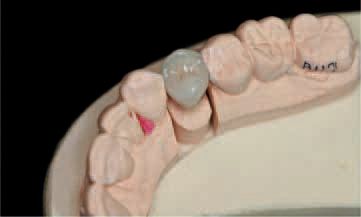
Step 2
A zirconia crown is prepared and positioned on a model (Fig. 3).
Step 3
Clean the internal surface, rinse and air dry. Then apply Z-Prime Plus (Fig. 4).
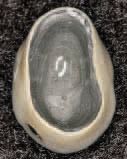
Step 4
Apply BisCem to the internal aspects to the crown and seat the restoration (Fig. 5).
Step 5
Light cure for 3-5 seconds and remove excess cement. Then light cure for 20-30 seconds. The occlusal view of the restoration after clean-up is shown in Fig. 6.
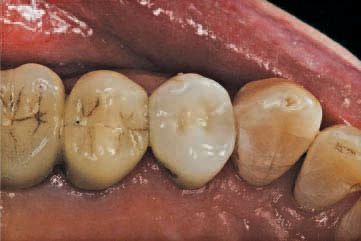
The lingual view of the restoration after clean-up is shown in Fig. 7. The final restoration is shown in Fig. 8.
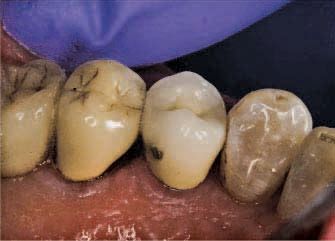
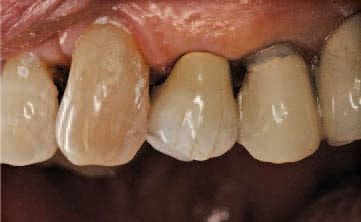
Product Bites – November 10, 2023
November 10th 2023The weekly new products podcast from Dental Products Report is back. With a quick look at all of the newest dental product launches, Product Bites makes sure you don't miss the next innovation for your practice. This week's Product Bites podcast features new launches from Amann Girrbach, DMG, Pac-Dent, and ASI Dental Specialties. [4 Minutes]
ACTIVA BioACTIVE Bulk Flow Marks Pulpdent’s First Major Product Release in 4 Years
December 12th 2024Next-generation bulk-fill dental restorative raises the standard of care for bulk-fill procedures by providing natural remineralization support, while also overcoming current bulk-fill limitations.
Product Bites – October 27, 2023
October 27th 2023Product Bites makes sure you don't miss the next innovation for your practice. This week's Product Bites podcast features new launches from Kerr Dental, MGF, PreXion, ZimVie, Amann Girrbach, VOCO, ASI Dental Specialties, DMG, and NovoDynamics. [8 Minutes]
